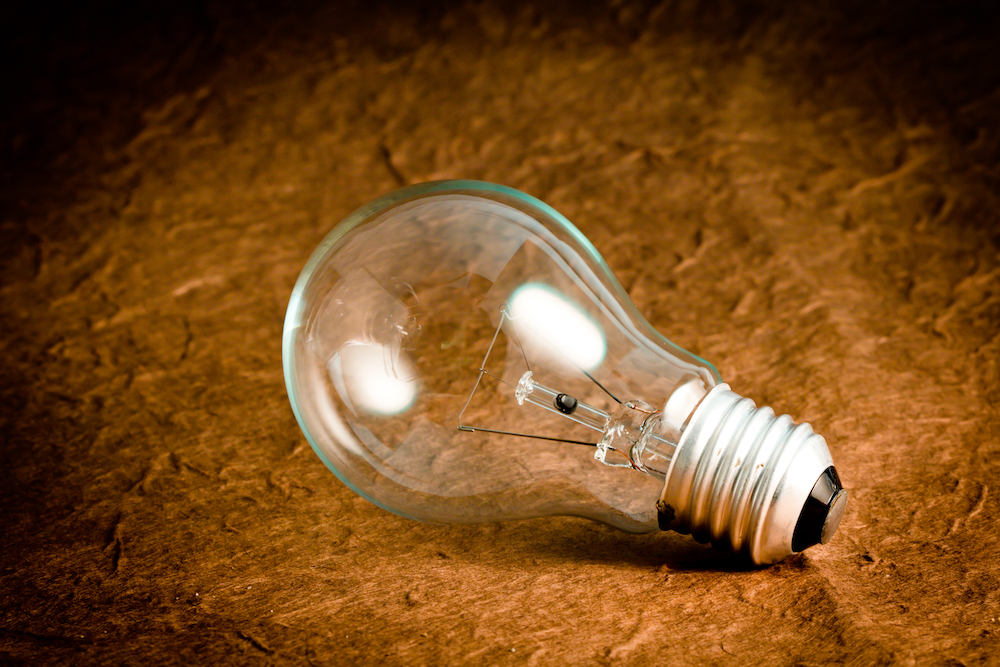Trendy Lifestyle Hacks
14 Interesting Ways For Energy Saving
Saving energy is both a smart financial decision and a crucial step toward environmental sustainability. Discover these 14 innovative methods to cut energy use in your home, each designed to enhance efficiency and reduce your carbon footprint.
From simple lifestyle adjustments to smart technology, these tips will help you make the most of your energy savings.
1. Upgrade to LED Bulbs
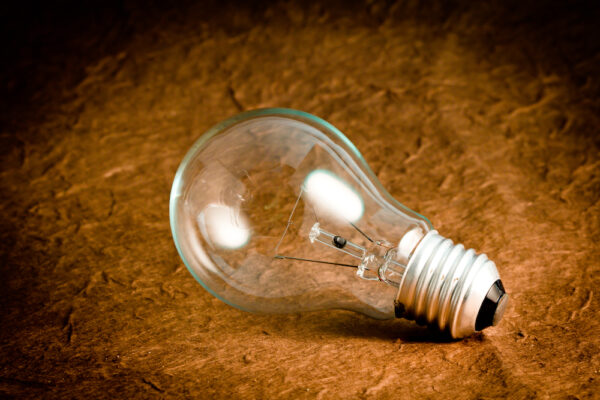
Replace traditional incandescent bulbs with LED lights. LEDs use up to 75% less energy and last 25 times longer, significantly reducing both electricity consumption and replacement costs. They also produce less heat, contributing to cooling savings.
2. Install a Programmable Thermostat
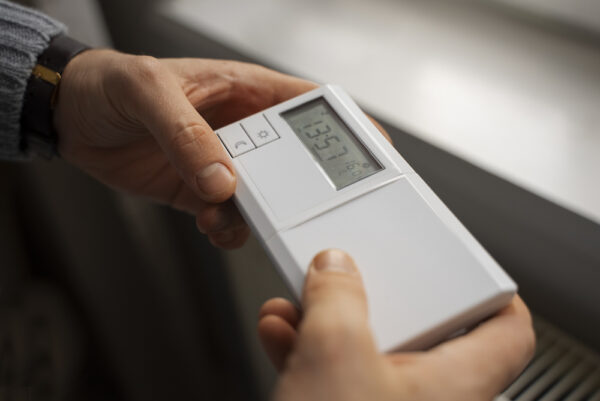
A programmable thermostat allows you to set different temperatures for various times of the day, reducing heating and cooling when you’re not home. This can lead to substantial savings on your energy bill by avoiding unnecessary heating or cooling.
3. Seal Leaks and Insulate
Ensure your home is properly insulated and seal gaps around windows, doors, and ducts. Proper insulation and sealing prevent heat loss in winter and keep cool air inside during summer, improving the efficiency of your heating and cooling systems.
4. Use Smart Power Strips
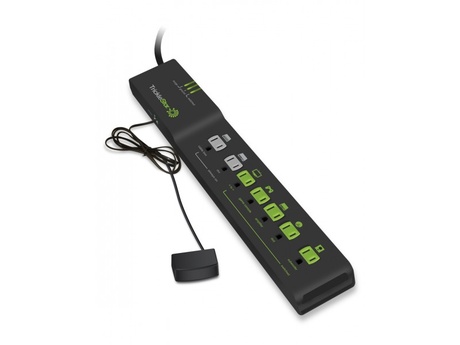
Smart power strips can detect when devices are in standby mode and cut power to them, eliminating “phantom” energy use. This prevents unnecessary energy consumption from electronics that draw power even when turned off.
5. Unplug Devices When Not in Use
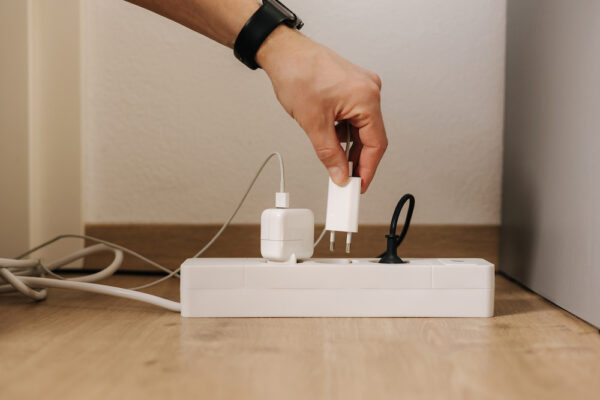
Many appliances and electronics continue to consume energy even when they are off. Unplug devices such as chargers, toasters, and coffee makers when not in use to avoid wasted energy.
6. Optimize Your Water Heater
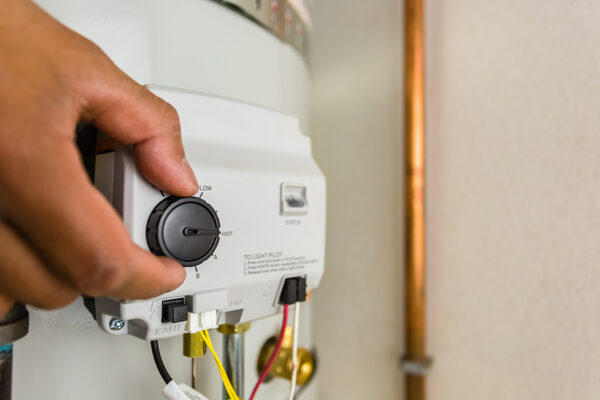
Lower the thermostat on your water heater to 120°F (49°C) to reduce energy consumption. Insulating the tank and pipes also helps maintain temperature and improve efficiency.
7. Practice Efficient Laundry Habits
Wash clothes in cold water whenever possible and use a clothesline or dryer rack instead of a dryer. Also, running full loads in the washer and dryer reduces energy use per item.
8. Invest in Energy-Efficient Appliances
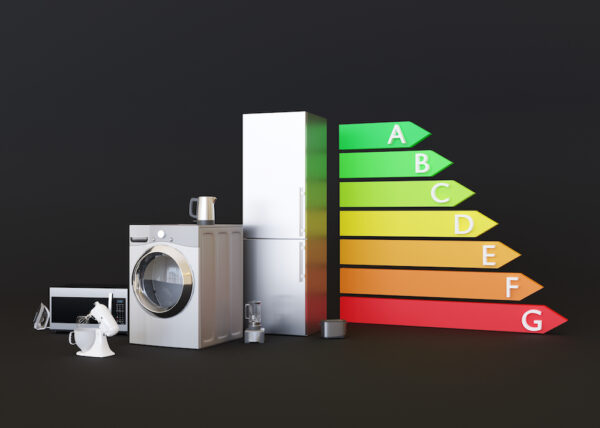
When it’s time to replace old appliances, choose energy-efficient models with the ENERGY STAR label. These appliances use less energy while delivering the same performance as standard models.
9. Use Ceiling Fans Wisely
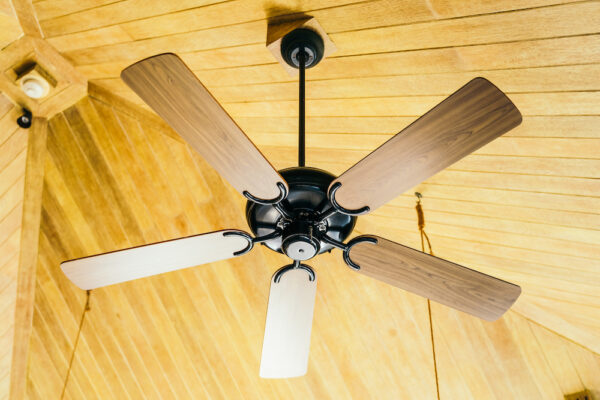
Ceiling fans help circulate air and can make rooms feel cooler, allowing you to raise the thermostat setting in the summer. Remember to turn off fans when you leave the room, as they do not cool the air but help with air circulation.
10. Opt for Natural Light
Take advantage of daylight by opening blinds and curtains during the day. Use natural light to illuminate your home instead of relying on artificial lighting, which can reduce energy consumption.
11. Maintain Your HVAC System
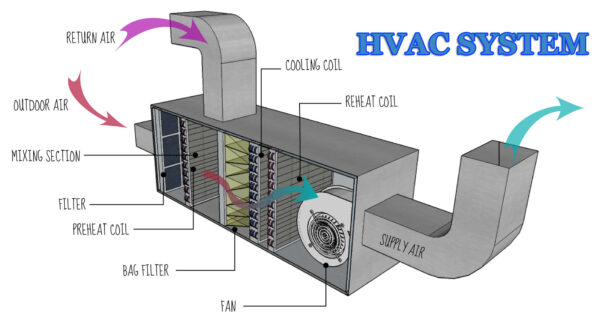
Regularly clean or replace air filters in your heating, ventilation, and air conditioning (HVAC) system. A well-maintained system operates more efficiently and uses less energy to heat or cool your home.
12. Install Energy-Efficient Windows
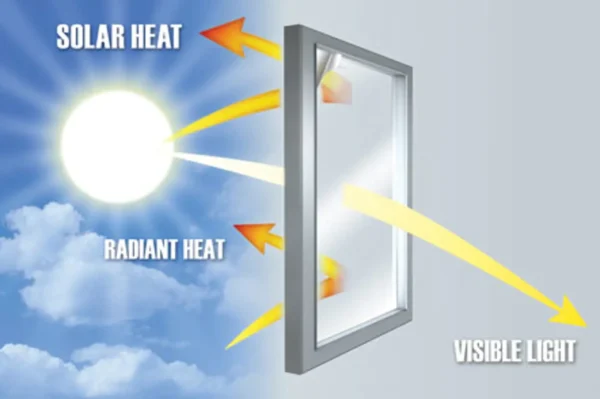
Upgrade to double or triple-pane windows with low-emissivity (low-E) coatings. These windows provide better insulation, reduce heat transfer, and improve your home’s energy efficiency.
13. Cook Efficiently
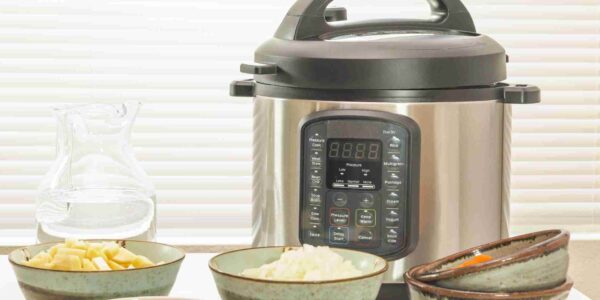
Use a microwave or slow cooker for smaller meals, as they generally use less energy than an oven. When using the oven, avoid opening the door frequently to check on food, as this can cause heat loss and increase cooking time.
14. Adjust Your Fridge and Freezer Settings
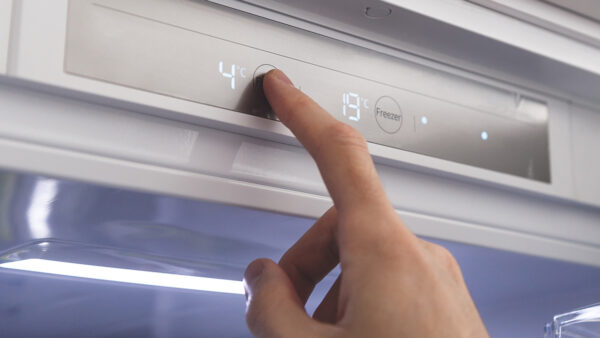
Set your refrigerator to 37°F (3°C) and your freezer to 0°F (-18°C) for optimal performance. Keep the coils clean and ensure that the door seals are airtight to prevent energy waste.

